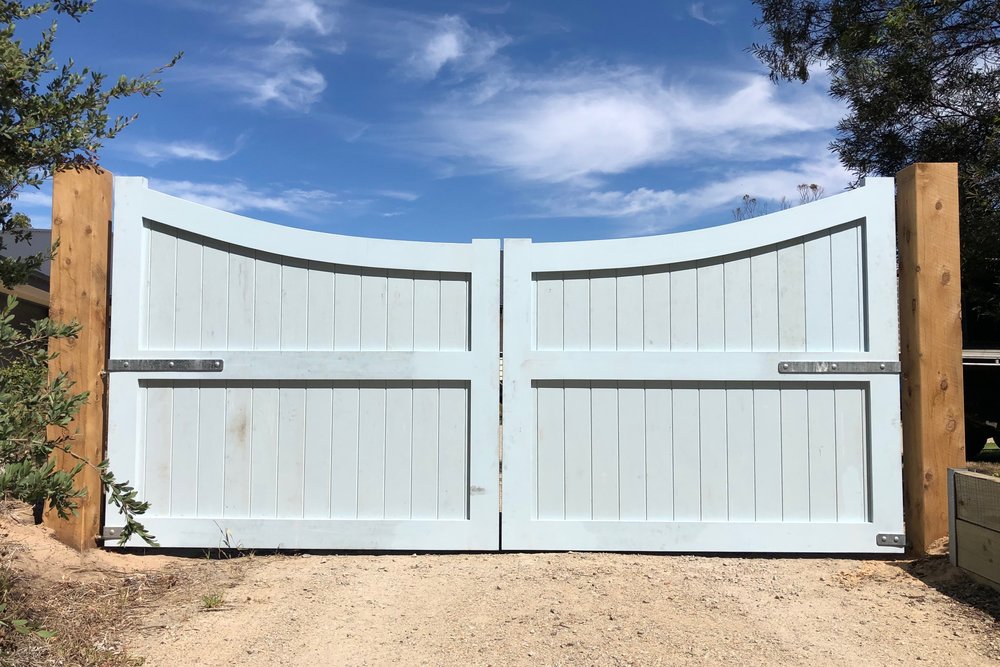Gates serve various purposes in Australia, from property access control to safety and security. When installing gates in Australia, several considerations should be taken into account:
- Regulations and Standards: The Building Code of Australia (BCA) and local council regulations outline specific requirements for gates, especially those related to safety and access control. These regulations might cover aspects like gate height, locking mechanisms, and safety features, particularly if the gate is part of a pool fence or serves as an entry point to a property.
- Materials and Design: Gates can be made from various materials such as steel, aluminum, timber, or wrought iron. The choice of material often depends on factors like durability, aesthetics, and maintenance requirements. Design options are also varied, ranging from sliding gates to swing gates, and they can be customized to complement the property’s style.
- Gate Automation: Automated gates, controlled by remotes, keypads, or sensors, are common for convenience and security. However, these installations should adhere to safety standards to prevent accidents, especially with sensors to detect obstacles or pedestrians.
- Professional Installation: Hiring professionals for gate installation ensures compliance with regulations and proper fitting. They also provide guidance on the most suitable type of gate for your property.
- Maintenance: Regular maintenance of gates is essential to ensure their longevity and proper functionality. This might include lubrication, checking electrical components (for automated gates), and repairing any damages promptly.
Before installing a gate, it’s crucial to consult with professionals who are well-versed in local regulations. This ensures that the gate installation meets the specific requirements in your area of Australia, providing security, functionality, and compliance with safety standards.
